Social Media's Influence on Healthcare: Advantages and Disadvantages
VerifiedAdded on 2022/09/07
|6
|1192
|24
Report
AI Summary
This report delves into the significant role of social media in the healthcare sector, often referred to as eHealth. It highlights how social media platforms facilitate communication between healthcare professionals and patients, enabling the dissemination of medical information and patient empowerment. The report acknowledges the advantages, such as access to information and the formation of support networks, while also addressing potential disadvantages like privacy concerns and the spread of misinformation. It explores how social media can be used to address common health-related questions, manage crises, and monitor public health, providing a comprehensive overview of the evolving relationship between social media and the healthcare industry, including the importance of verifying information sources.
1 out of 6
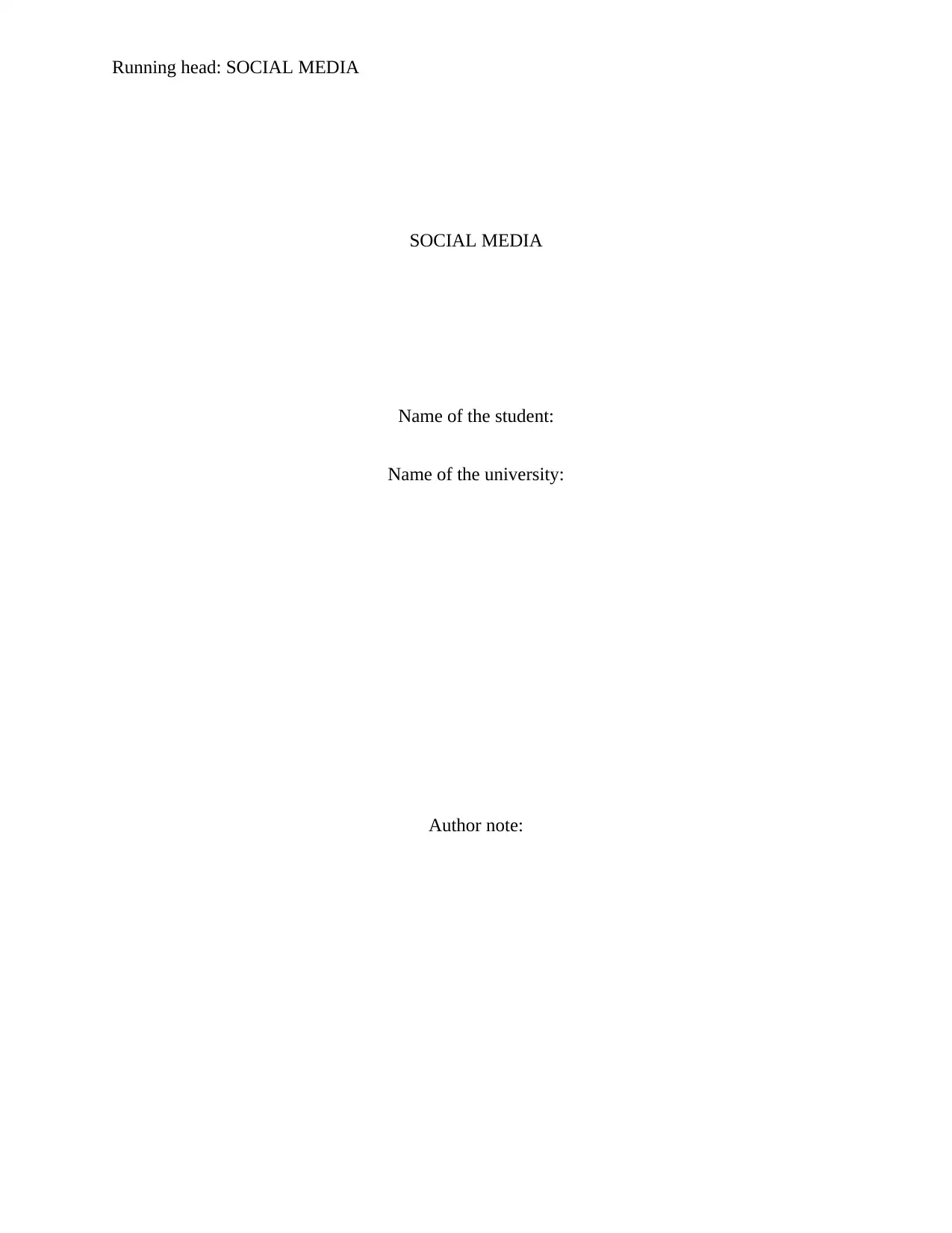
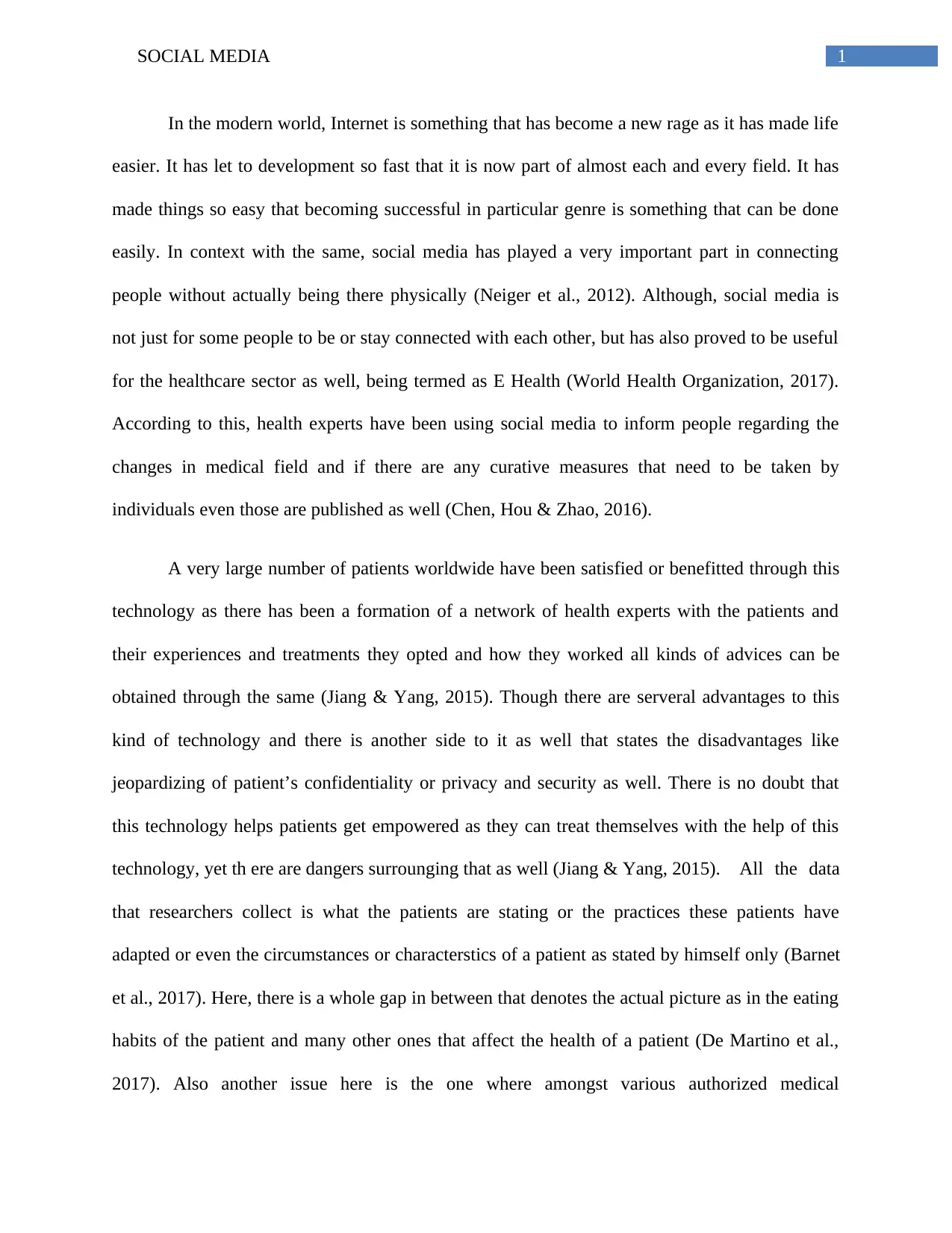
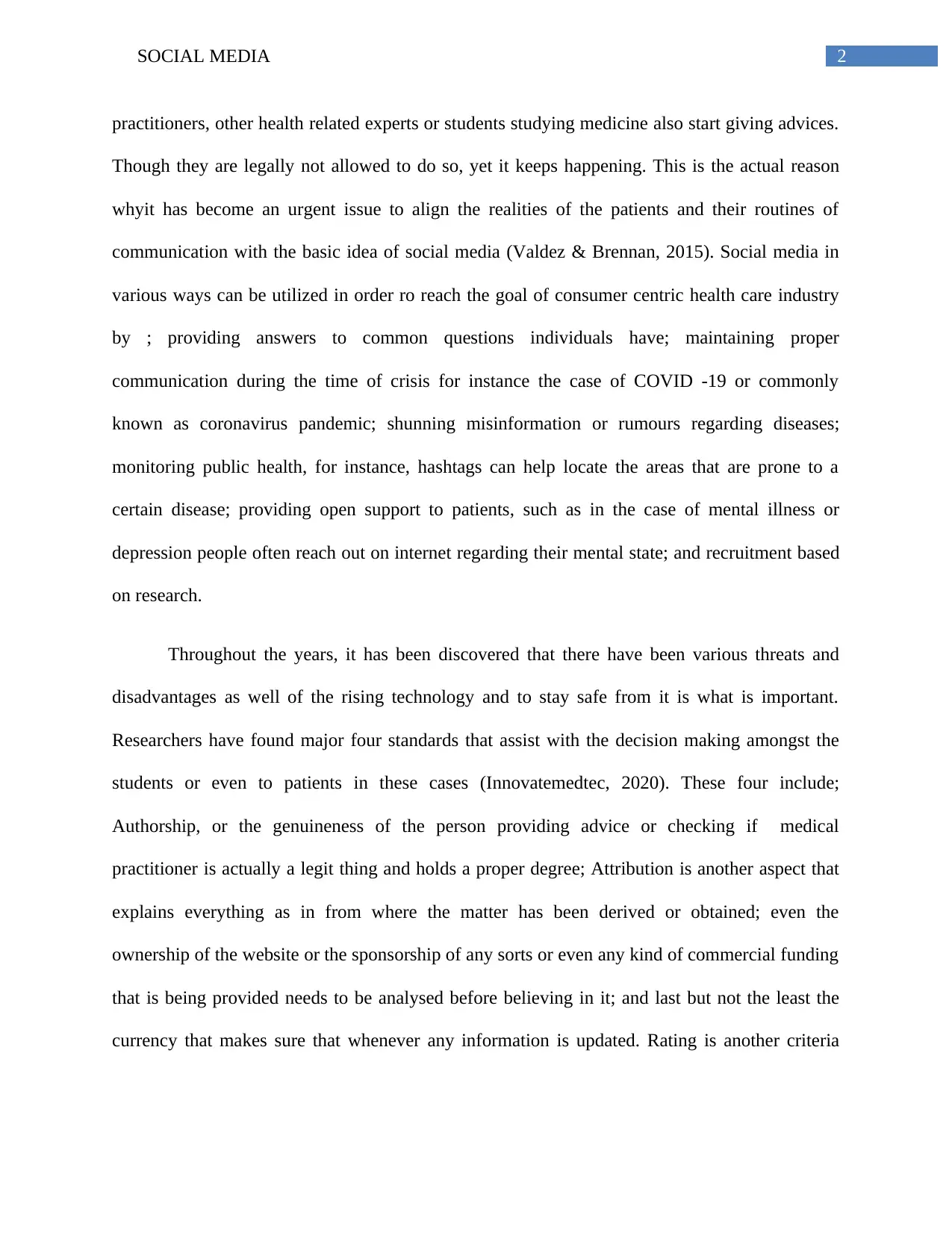
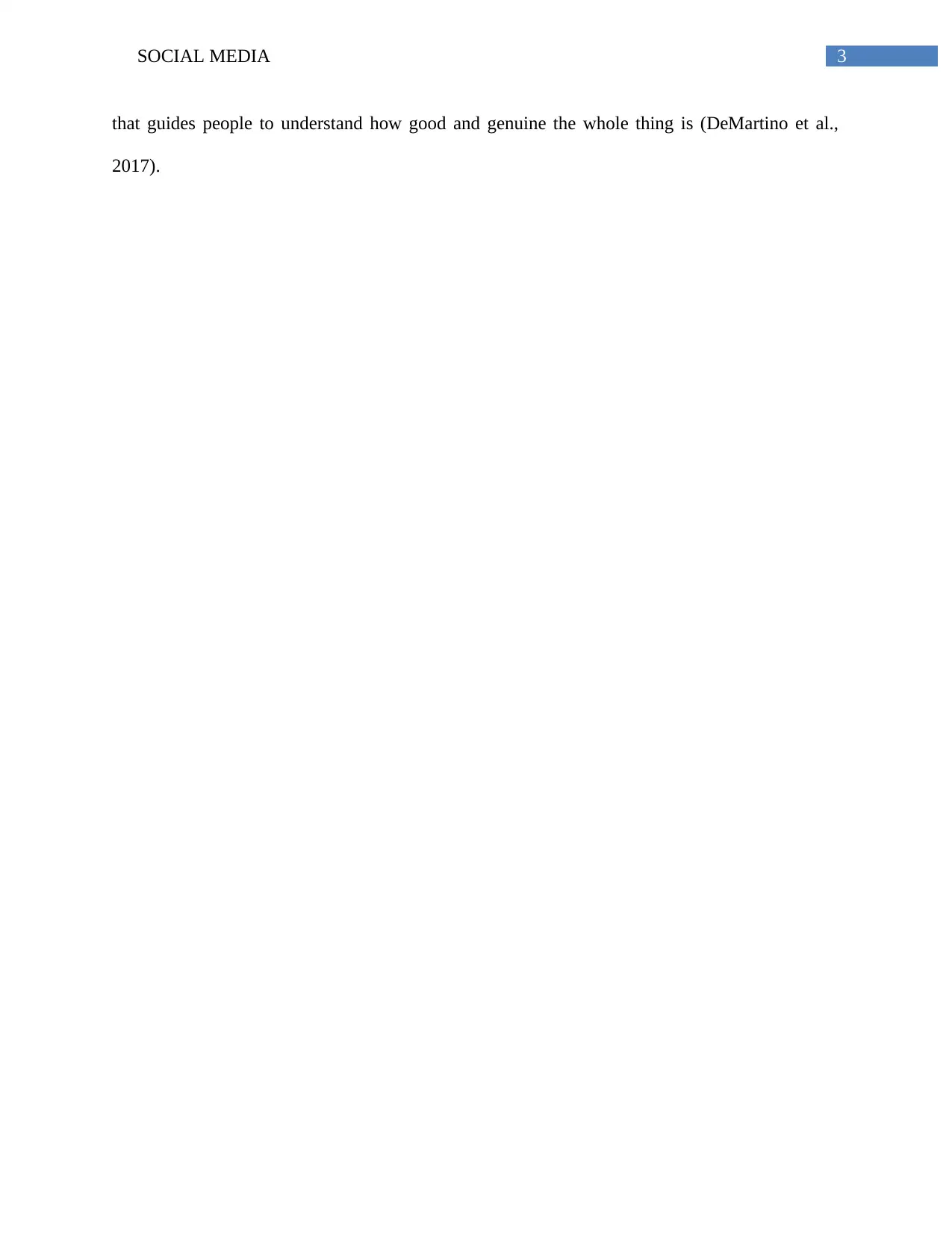
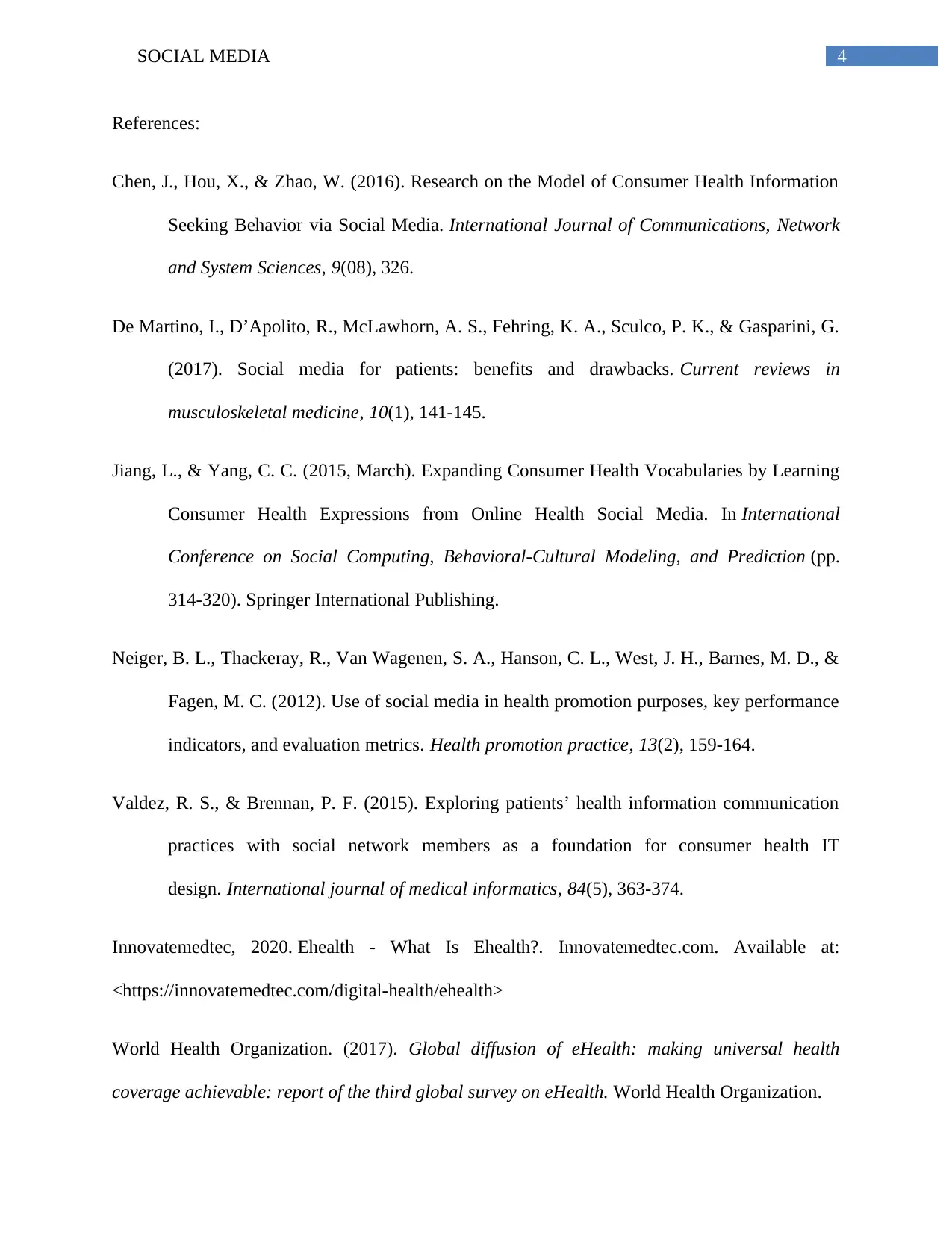
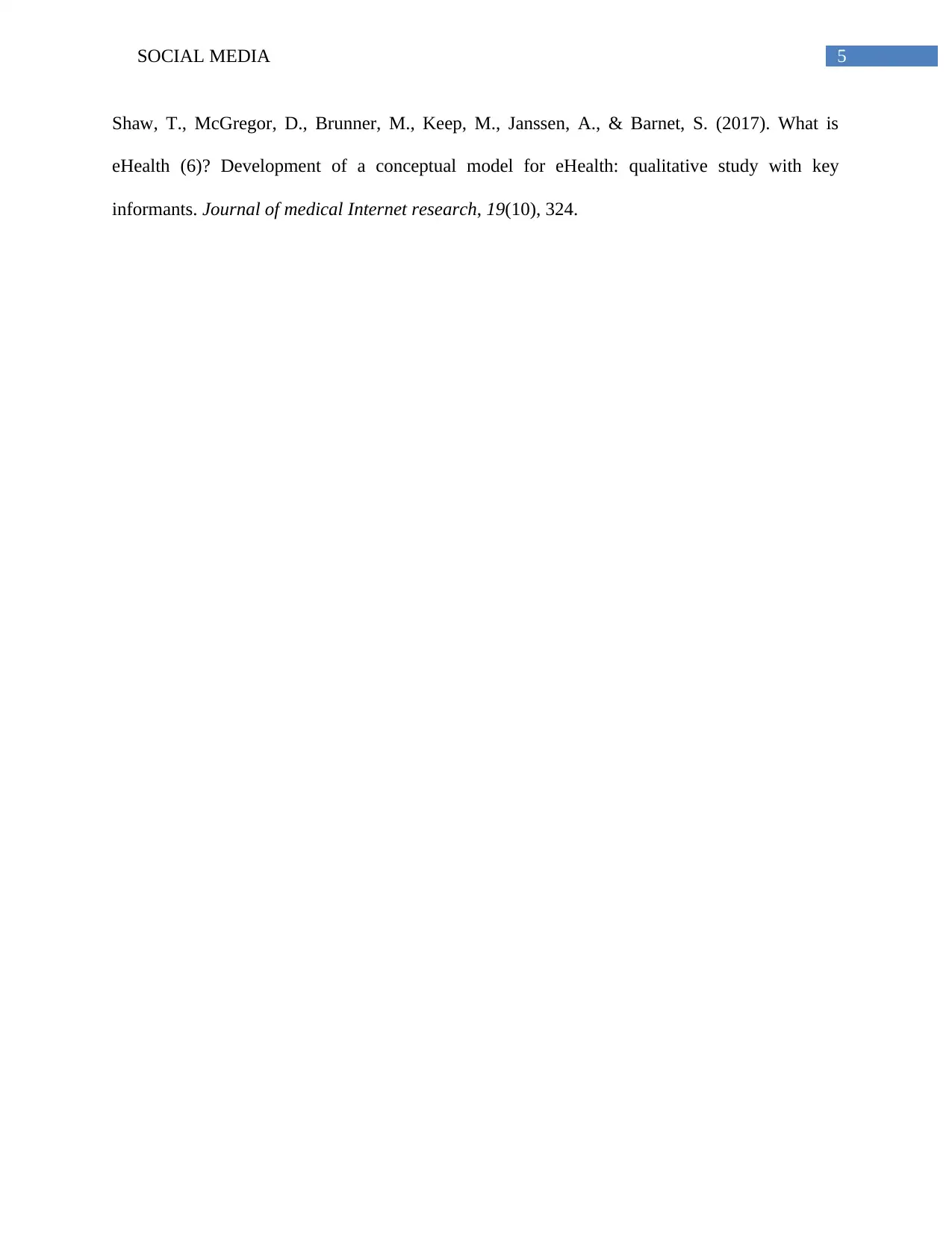






![[object Object]](/_next/static/media/star-bottom.7253800d.svg)